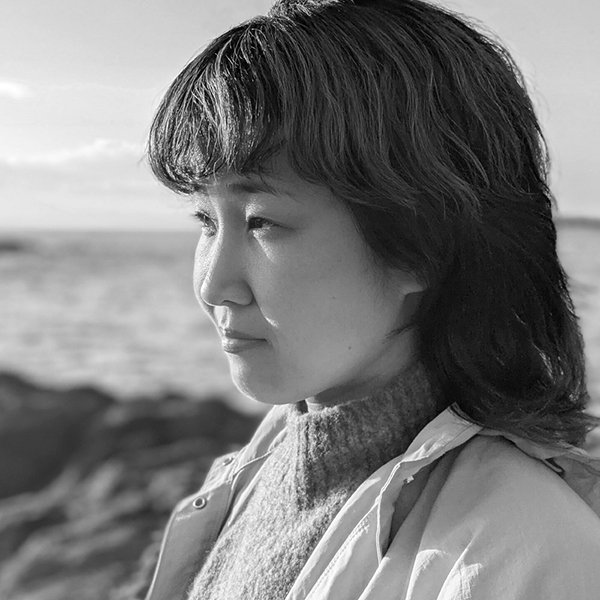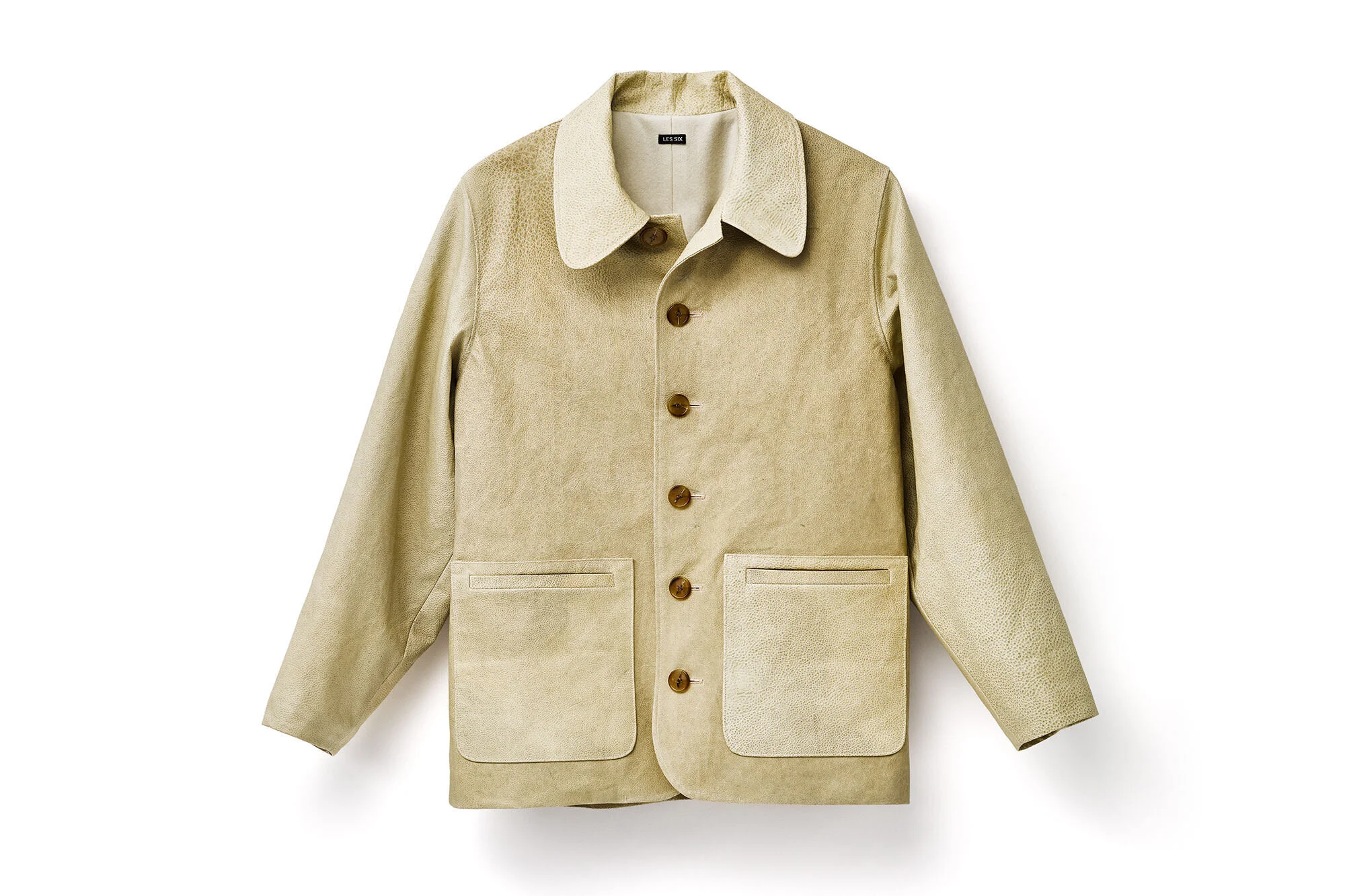
パラダイムシフト
Inviting leading designers and artist in and out of Japan, this exhibition displays artwork made by them, using Himeji's "Shironameshi leather" with a history of over 1000 years.
Shironameshi leather is tanned leather that keeps the original skin color of animals, that is finished with only salt and rapeseed oil without using any chemicals. Although the method of making the Shironameshi leather once almost became extinct, Mr. Matomo Nitta, a modern tanning leather craftsman, has revived it. Japan's highest peak of leather, the Shironameshi leather, is in a different context from premium leather. The craftsmanship backed by experience in a long period of time is said to be "ultimate equals unfinished." Because these are base and innocent, they are full of possibilities.
Under the theme of "Paradigm shift", this exhibition proposes the possibility of the Shironameshi that incorporates the unique perspectives of designers and artists. "Paradigm shift" means a dramatic change in social values, recognition and thought that they were taken for granted in the era and the field. As of 2021, we have no choice but to live with Covid-19 around the world. Our thoughts, actions, and lifestyles continue to change at a tremendous speed. In addition, SDGs or animal protection have been discussed for a long time. How is leather now understood as a by-product of carnivorous food? How do we face their lives? It is philosophical and there is no correct answer depending on how we pick up the issue. When we are aware of something about it, it will be a trigger to emerge the outline of new values.
SO1 gallery
2021.2.24Wed – 3.7Sun
Opening Hours: 10:00–18:00
6-14-15 Jingumae Shibuya Tokyo 150-0001
Entrance Free




Shironameshi leather, wood panel, cloth































